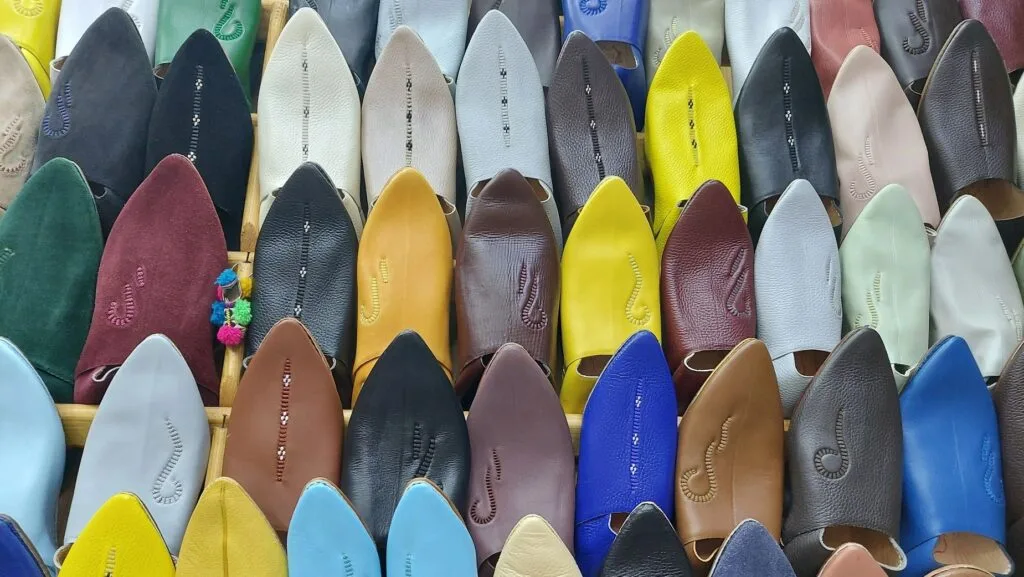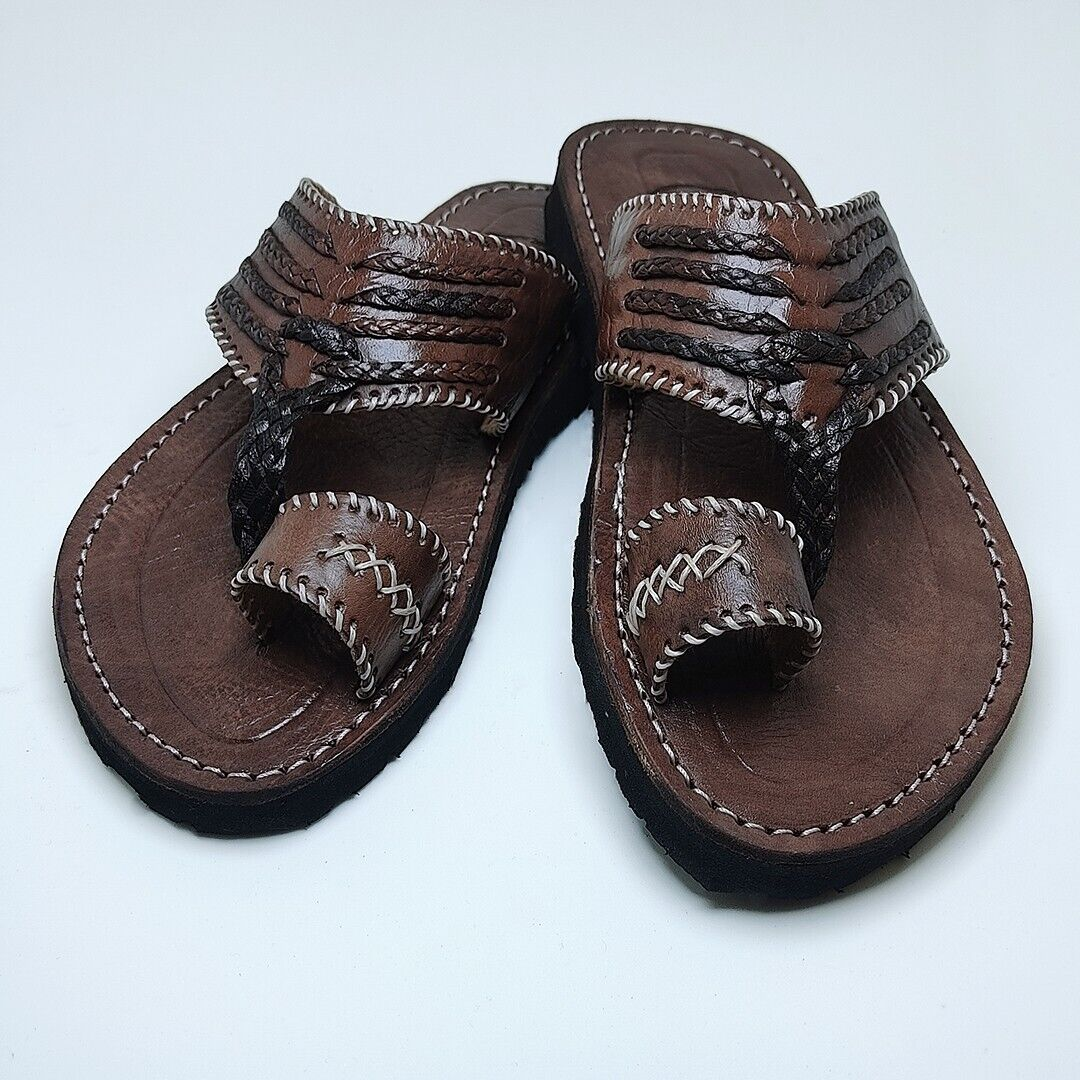- Published on
The Timeless Art of Moroccan Babouche Slipper Making A Tradition of Comfort and Elegance
- Authors

- Name
- Adil ABBADI
Introduction
In the vibrant souks of Morocco, amidst the kaleidoscope of colors and enticing aromas, lies a treasured tradition that has been passed down through generations – the art of babouche slipper making. These exquisite, handcrafted shoes have been a staple of Moroccan fashion for centuries, prized for their comfort, elegance, and rich cultural significance. In this article, we'll embark on a journey to explore the history, traditional significance, and modern relevance of this timeless craft.

- Cultural Context
- Traditional Significance
- Modern Relevance
- Cultural Preservation
- Conclusion
- Cultural Call-to-Action
Cultural Context
The origins of babouche slippers date back to the 14th century, when Moroccan craftsmen began creating intricately designed, soft leather shoes as a symbol of luxury and refinement. The name "babouche" is derived from the Turkish word "pabuç," meaning "shoe." Over time, babouche slippers became an integral part of Moroccan traditional attire, worn by both men and women as a mark of elegance and sophistication.
Traditional Significance
In Moroccan culture, babouche slippers are not just a fashion statement but a reflection of the country's rich artisanal heritage. The traditional craftsmanship involved in making these slippers is a testament to the skill and patience of Moroccan artisans. Each pair is carefully hand-stitched using high-quality leather, often adorned with intricate embroidery, sequins, or other ornate details. The slippers are typically made in a variety of colors and designs, ranging from bold and vibrant to subtle and understated.

Modern Relevance
While babouche slippers remain an essential part of Moroccan traditional attire, they have also gained popularity worldwide as a fashion statement. Designers and fashion enthusiasts alike are drawn to the unique blend of comfort, elegance, and cultural authenticity that these slippers embody. In recent years, Moroccan artisans have begun to experiment with new designs, materials, and techniques, ensuring the continued relevance and appeal of this timeless craft.
Cultural Preservation
Efforts to preserve and promote the traditional craft of babouche slipper making are underway in Morocco. The government and local organizations are working to support artisans, provide training and resources, and promote the cultural significance of this heritage craft. Additionally, many Moroccan fashion brands are committed to preserving traditional techniques while incorporating modern designs and materials, ensuring the continued survival of this ancient craft.

Conclusion
The traditional craft of Moroccan babouche slipper making is a testament to the country's rich cultural heritage and its people's dedication to preserving their artisanal traditions. As we appreciate the beauty and craftsmanship of these exquisite shoes, we are reminded of the importance of cultural preservation and the need to support artisans and their communities. Whether you're a fashion enthusiast, a cultural aficionado, or simply someone who appreciates the comfort and elegance of a well-crafted shoe, the babouche slipper is a true Moroccan treasure.
Cultural Call-to-Action
As you immerse yourself in the world of Moroccan babouche slippers, we encourage you to explore the rich cultural heritage of this fascinating country. Visit the vibrant souks, meet the artisans, and experience the beauty of Morocco's traditional craftsmanship. By supporting local artisans and preserving cultural traditions, we can ensure the continued survival of this ancient craft and its enduring significance in the world of fashion and beyond.
